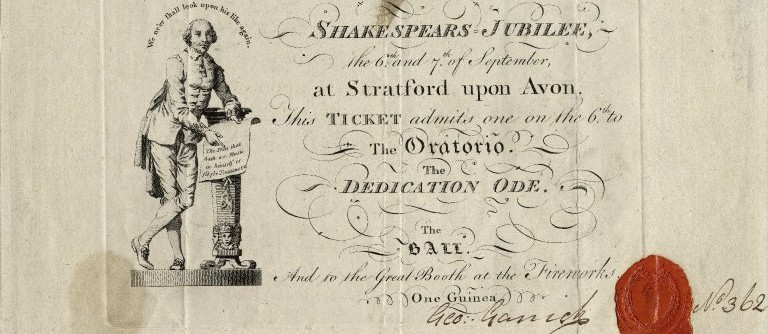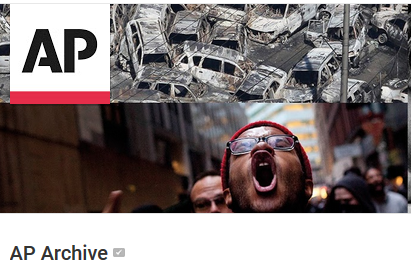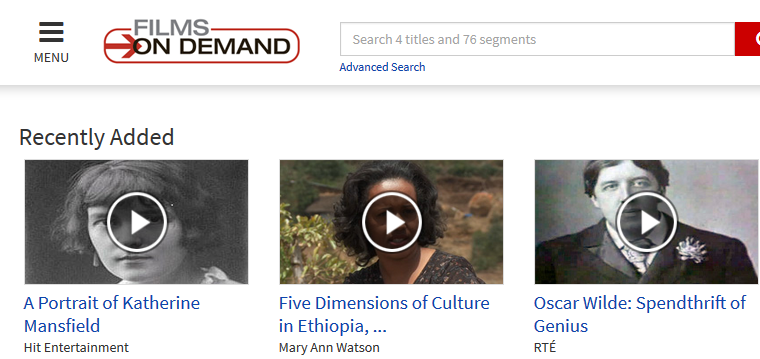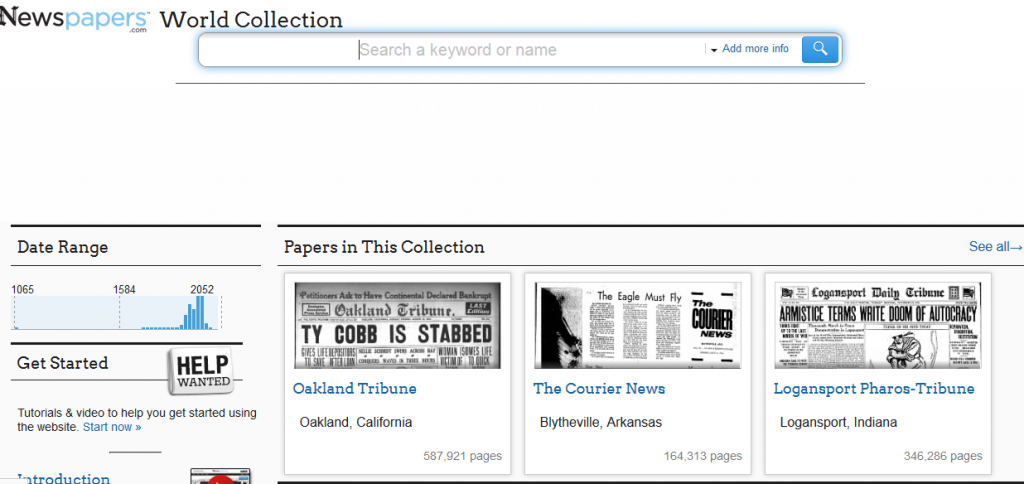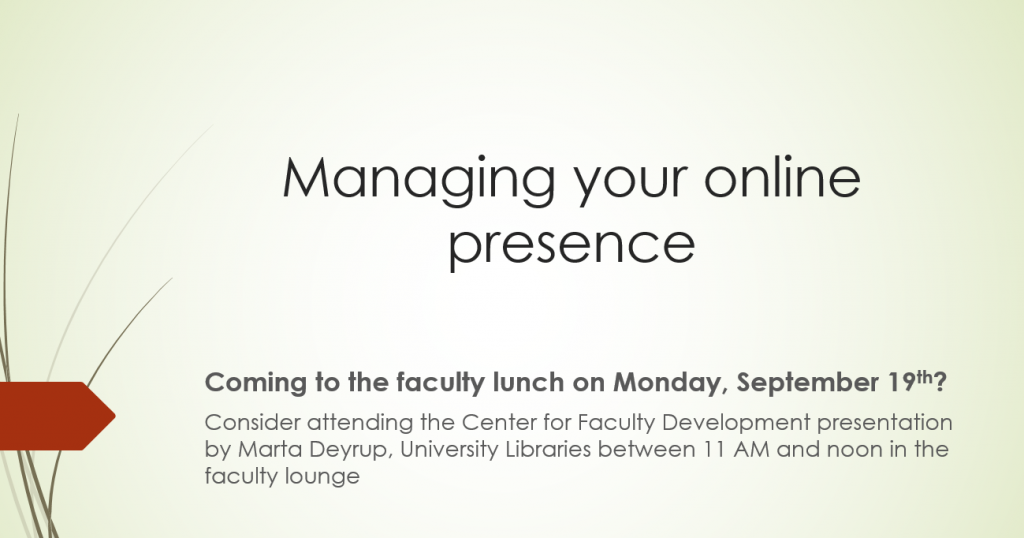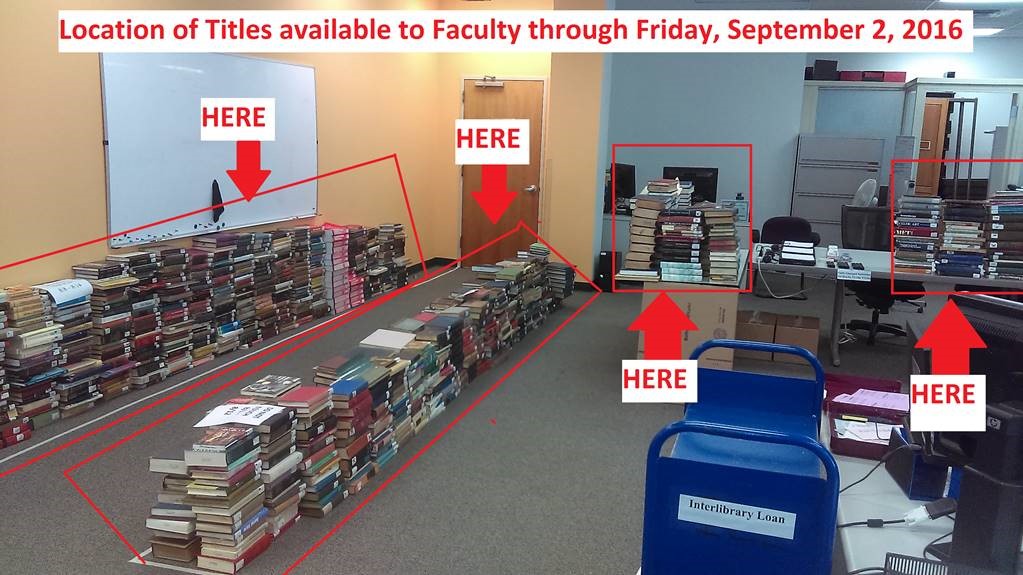Bibliography
-
The Victorian Studies Bibliography. Lists noteworthy books, articles, and reviews on the Victorian period. Compiled by the staff of the journal Victorian Studies and representatives from the Victorian Division of the Modern Language Association. Access: http://www.letrs.indiana.edu/web/v/victbib/.
General resources
-
NINES-Nineteeth-century Scholarship Online. NINES stands for Networked Infrastructure for Nineteenth-Century Electronic Scholarship and is an organization that publishes and provides enhanced access to digital research on the 19th century and serves as a peer-reviewing body for digital resources in this area. Access: http://www.nines.org/.
View larger version:
-
The Victorian Dictionary. Compiled by Lee Jackson, an author of historical thrillers and nonfiction about Victorian London, this site is a searchable collection of excerpts from books, pamphlets, academic works and periodicals, original writings by the author, and images (including many from Punch). The site is worth a look for online researchers, although, as the author notes in his bibliography, serious scholars should consult an original copy of the materials referenced. Access: http://www.victorianlondon.org/.
-
The Victorian Web. This comprehensive, well-maintained, and easy to navigate site is dedicated to all aspects of Victorian culture. Created and maintained by George Landow, professor of English and the History of Art at Brown University, the site contains thousands of scholarly articles, primary texts, images, and related material on Victorian literature, politics, science and technology, and much more. Access: http://www.victorianweb.org/.
View larger version:
-
Victoria Research Web. A guide to research on 19th-century Britain, including short reference works produced by scholars, such as guides to periodical research, locating and using Victorian publishing records, and planning a research trip to Britain. Additionally, the site hosts “At the Circulating Library,” a database that catalogs information about three-volume novels published during the Victorian period and serialization information for more than 60 periodicals. Access: http://victorianresearch.org/.
-
Victorian Web: Victorian Social History: An Overview. An example of one of the many sub-pages of the Victorian Web that organizes links by topic, genre, or individual. A great starting point for any Web research on Victorian culture. Also see overview pages on political history, religion, visual arts, technology, and more accessible from the site’s home page. Access: http://www.victorianweb.org/history/sochistov.html.
Art and entertainment
-
British Library: Early Photographically Illustrated Books. An online exhibit documenting the advent of photographically illustrated books, including nearly 1,500 early prints on a variety of subjects. Access: http://www.bl.uk/onlinegallery/onlineex/earlyphotos/index.html.
-
The Victorian Web: The Arts in Victorian Britain. Overview page linking to resources on architecture, painting, fashion, photography, and much more. See description of The Victorian Web above for more about this site. Access: http://www.victorianweb.org/art/index.html.
-
Who’s Who of Victorian Cinema. This site is based on the book by the same name published by the British Film Institute. The searchable site provides a biographical guide to Victorian film, from the 1870s through 1901. Includes 300 searchable biographies of filmmakers, actors, and other notable figures in early film. Access: http://www.victorian-cinema.net/.
Victorian serials and publication
-
19th Century British Pamphlets Online. The result of two large scale cataloging and digitization projects, records for nearly 180,000 pamphlets held within 21 UK research libraries have been created and linked to digitized versions in JSTOR (free to researchers and the public in the United Kingdom; elsewhere by subscription). Additionally, a useful Pamphlets Guide allows for easy browsing by collection, institution, and subject. Access: http://www.britishpamphlets.org.uk/.
-
Aspects of the Victorian Book. Online exhibition from the British Library providing an introduction to printing technology, formats (including yellowbacks, “three-deckers,” and penny dreadfuls), illustration techniques, and more. Access: http://www.bl.uk/collections/early/victorian/intro.html.
-
Internet Library of Early Journals. Includes digitized runs of six 18th and 19th century journals (at least 20 years each), including Notes and Queries, The Builder, and Blackwood’s Edinburgh Magazine. The project was completed in 1999, and no additional material will be added. Access: http://www.bodley.ox.ac.uk/ilej/.
-
Nineteenth-century Serials Edition. Searchable database of the digitized versions of six 19th-century serials and newspapers segmented to the article level and downloadable. Access: http://www.ncse.ac.uk/index.html.
-
Science in the Nineteenth-Century Periodical (Sci-Per) Index. Searchable index to the science, technology, and medical content of 16 19th-century nonscientific periodicals. Invaluable resource for those researching the representation and interpretation of science in the general literature of 19th-century Britain. Access: http://www.sciper.org/index.html.
-
The Internet Archive. An essential resource for any researcher looking for digitized material in audio, video, or text formats. This immense “Internet library” offers almost two million digitized texts, including many 19th-century periodicals. Access: http://www.archive.org/index.php.
View larger version:
-
Victorian Women Writers Project. Includes transcriptions of the work of British women writers of the 19th-century, including poetry and verse, pamphlets, religious tracts, novels, and more. The site has not been updated since 2003, but it continues to be a useful source of 19th-century women’s writing. Access: http://www.indiana.edu/~letrs/vwwp/.
Notable individuals and their work
-
Darwin Correspondence Project. Site based on a project founded in 1974 to collect letters by and to Charles Darwin. Contains the full text of more than 6,000 letters and information on 9,000 additional letters, as well as essays and other supplementary material describing the letters and their context. All letters are published in the print volumes of Correspondence of Charles Darwin (Cambridge University Press). Well organized and beautifully enhanced with relevant images, this site is a must for any Darwin researcher. Access: http://www.darwinproject.ac.uk/home.
View larger version:
-
The Carlyle Letters Online. A electronic collection of more than 10,000 letters of Thomas and Jane Welsh Carlyle based on the print volumes that make up The Collected Letters of Thomas and Jane Welsh Carlyle, published by Duke University Press. Advanced search and browsing is available, as well as the ability to create a free account with which the user can set up folders, save searches and letters, and create e-mail alerts. Access: http://carlyleletters.dukejournals.org/.
View larger version:
-
The Complete Work of Charles Darwin Online. Comprehensive site containing more than 90,000 pages of searchable text and more than 200,000 electronic images. Contains a complete collection of Darwin’s publications, including both the digitized image of the text and the formatted electronic text. Includes many signed and annotated copies of texts and many are available in languages other than English. Also includes a large collection of Darwin’s manuscripts and private papers, many not published elsewhere. Another essential online resource for those researching Darwin and his work. Access: http://darwin-online.org.uk/.
-
The Rossetti Archive. Extensive collection of high-quality digitized images and scholarly commentary representing the poems, prose, pictures, books, correspondence, and other works of Dante Gabriel Rossetti. Advanced searching available. Access: http://www.rossettiarchive.org/index.html.
Statistical and regional information
-
A Vision of Britain Through Time. This site was created by the Great Britain Historical GIS Project based at the University of Portsmouth. It provides a geographical survey of Britain from 1801 to 2001, including census reports, historical maps, election results, and the largest collection of historical British travel writing available online. Best used for tracking statistical trends for specific counties, districts, and parishes within Britain. Access: http://vision.port.ac.uk/index.jsp.
-
Charles Booth and the Survey into Life and Labour in London (1886–1903). Provides an index to the original records of Booth’s Inquiry into the Life and Labour of the People in London, an extensive study of working class life undertaken between 1886 and 1903, which is archived at the London School of Economics and Political Science library. Also contains a great deal of digitized material, including police notebooks and the Maps Descriptive of London Poverty, in which maps of London were color-coded to indicate the poverty level and social class in different areas of the city. Access: http://booth.lse.ac.uk/.
-
Historical Directories. A collection of digitized local and trade directories for England and Wales from 1750 to 1919. Useful for research in local and genealogical history. Access: http://www.historicaldirectories.org/hd/index.asp.
-
HISTPOP: The Online Historical Population Reports Website. HISTPOP provides online access to the British population reports for Britain and Ireland from 1801 to 1937 as well as supplementary documents from the National Archives, critical essays, and other material. Access: http://www.histpop.org/ohpr/servlet/.
Crime and punishment
-
Studies in Scarlet: Marriage and Sexuality in the U.S. and U.K., 1815–1914. Digitized images of more than 420 separately published trial narratives from the extensive collections of the Harvard Law School Library. Included are American, British, and Irish cases from 1815 to 1914 involving child custody, bigamy, and violent crime as it relates to sex and marriage. Access: http://vc.lib.harvard.edu/vc/deliver/home?_collection=scarlet.
-
The Proceedings of the Old Bailey, 1674–1913. Beautifully organized and fully searchable collection of the digitized images and electronic text of the proceedings of more than 197,745 criminal trials held at the Old Bailey, London’s Central Criminal Court, from 1674 to 1913. Also includes contemporary maps, images, and other supplementary material. Essential resource for anyone researching crime and punishment in Britain during this time period. Access: http://www.oldbaileyonline.org/.
-
The Workhouse. Detailed and comprehensive site on all aspects of the workhouses in Britain, including more than 5,000 illustrations and photos and 1,800 maps and building plans. Access: http://www.workhouses.org.uk/.
Amanda Dinscore is public services librarian at California State University-Fresno, e-mail: adinscore@csufresno.edu
